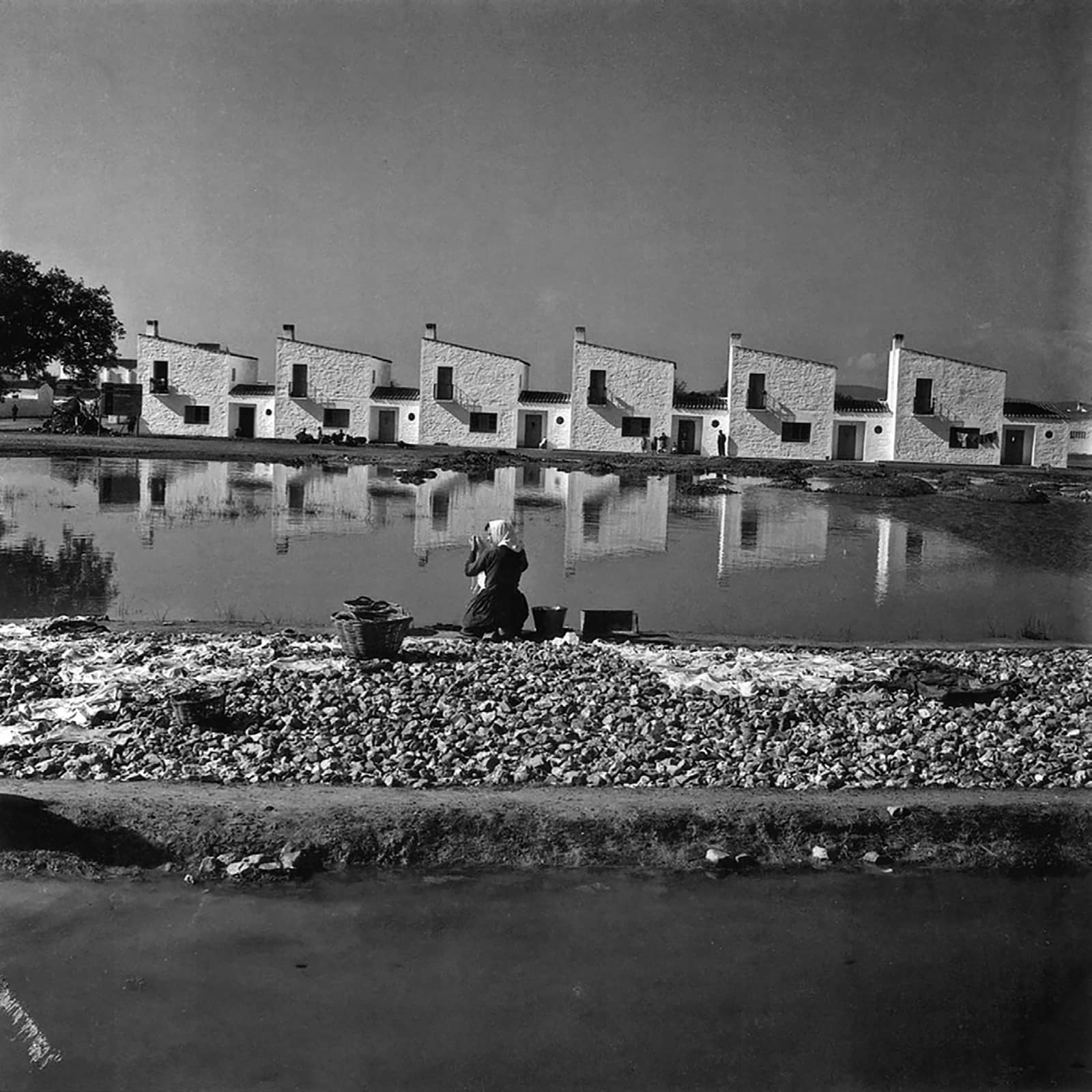the rural “naturalness and simplicity” of modern Spanish heritage
Downloads
DOI:
https://doi.org/10.52200/65.A.0RYF58D6Keywords:
Modern Movement, Modern architecture, Modern housing, Post-war housing, Welfare architecture, Mass housing, Spanish modern architecture, Vegaviana colonization village, José Fernández del Amo, Vernacular modern architecture, Preservation of modern architectureAbstract
The Instituto Nacional de Colonización built a series of villages all over Spain to support farmers who were working on the newly established irrigated lands. Vegaviana, which was projected by the architect José Luis Fernández del Amo, stands out among the almost 300 villages that were constructed, becoming a referent for INC colonization and also in modern Spanish architecture. Firstly, a brief contextual review is presented. Secondly, the emphasis is put on Vegaviana, and its presence in international contexts is analyzed, highlighting its outstanding low-cost design with local materials. This essay ends with a review from the current perspective.
How to Cite
Published
Issue
Section
Plaudit
References
CALZADA PÉREZ, Manuel, “La vivienda rural en los pueblos de colonización”, PH, Boletín del Instituto Andaluz del Patrimonio Histórico, No. 52, Sevilla, Instituto Andaluz del Patrimonio Histórico, 2005, 55-65.
CENTELLAS SOLER, Miguel, Los pueblos de colonización de Fernández del Amo. Arte, arquitectura y urbanismo, Barcelona, Fundación Caja de Arquitectos, 2010.
ESPINA HIDALGO, Sara, CABECERA SORIANO, Rubén (coords.). Pueblos de Colonización en Extremadura, Badajoz, Junta de Extremadura, Consejería de Agricultura y Desarrollo Rural, 2010.
FERNÁNDEZ DEL AMO, José Luis, Palabra y obra, escritos reunidos, Madrid, COAM, 1995.
PÉREZ ESCOLANO, Víctor, “Los de la colonización franquista: objetivo patrimonial”, ph, Boletín del Instituto Andaluz del Patrimonio Histórico, No. 52, Sevilla, Instituto Andaluz del Patrimonio Histórico, 2005, 38-42.
TORRENT, Horacio, “Patrimonio Moderno y Sustentabilidad”, in Horacio Torrent, Tirza Barría, Antonio Zumelzu, Virginia Vásquez, Carolina Ihle (eds.), Patrimonio Moderno y Sustentabilidad: de la ciudad al territorio, Santiago, docomomo Chile, 2018, 10-14.
TOSTÕES, Ana, “Resilience and Transformation. Social commitment to the Modern Movement legacy”, Revista docomomo Brasil, No. 2, Rio de Janeiro, docomomo Brasil, 2018, 9-20.






